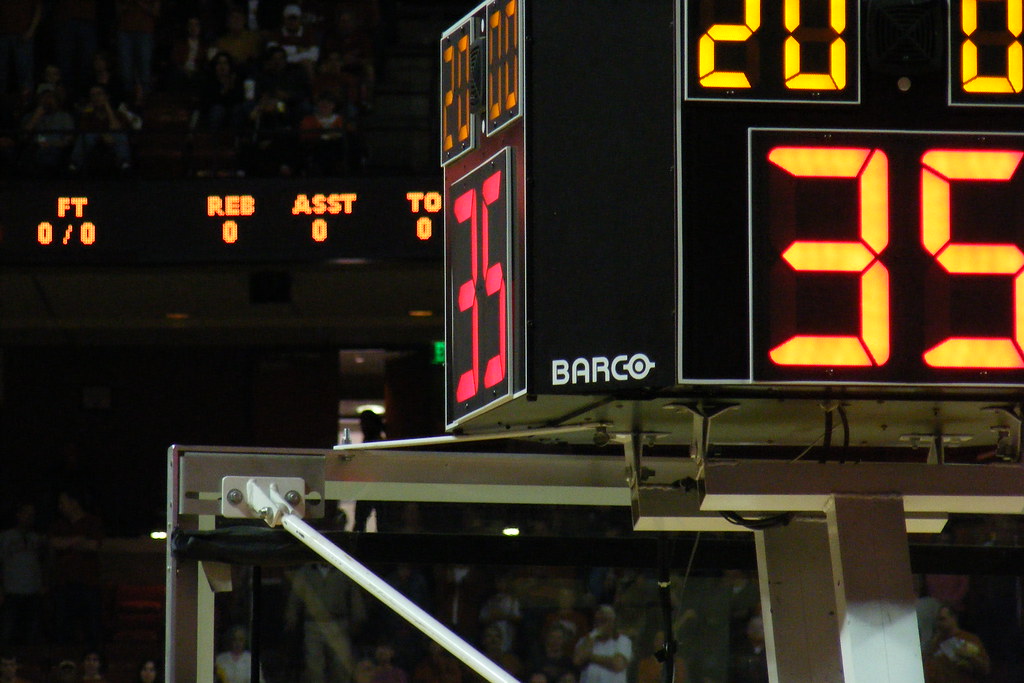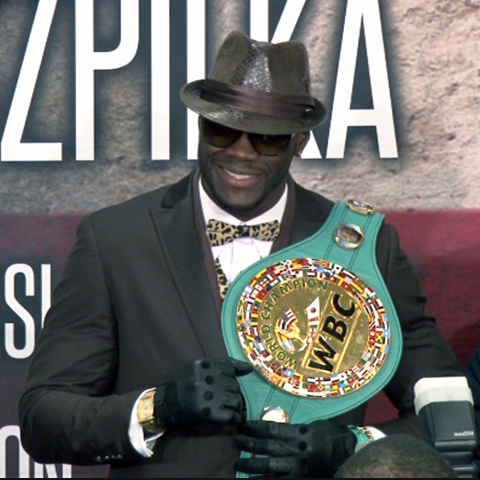Why do you only have 24 seconds to attack in basketball?
Who enforces the most popular rule in sports and when
It is clear that every sport known to us today has undergone a number of modifications over the years to make it what it is today. Basketball is no exception, perhaps one of the biggest changes since its inception was the introduction of the 24-second offensive rule.
Basketball was created in the late 19th century by Canadian James Naismith, but one of its most important rules did not come until after the formation of the National Basketball Association. Since the creation of the NBA, it has been noticed that basketball games are too boring and low-scoring, as teams are constantly passing the ball to each other and just waiting for time to run out. Thus, in order to maintain interest in the sport, a spectacular change had to be made. And this happened in 1954 with the introduction of the rule of 24 seconds in attack. At first it wasn't very well received since no one but the referee could see the time, but by the end of the season all teams in the NBA had clocks visible to players, coaches and fans.
The games immediately became far more productive - in 11 of 21 games in the playoffs in 1955. at least one team scores over 100 points, and in the previous 2 seasons, only 3 teams have crossed that mark.
But the question is why exactly 24? The answer lies in the man who proposed this rule - former player and then owner of the Syracuse Nationals - Danny Biasone. He bases his proposal on a range of research, experience and simple arithmetic. In his opinion, basketball would be a great game if each team had the opportunity to shoot at least 60 times. Since an NBA game lasts 48 minutes, or 2,880 seconds, Biazone divides the number by 120, which is the total number of shots taken by both teams, and gets 24.
Such a simple formula that made basketball the exciting sport we know today. And the rule of 24 seconds in attack is something without which it is difficult to imagine how the game would have developed.




